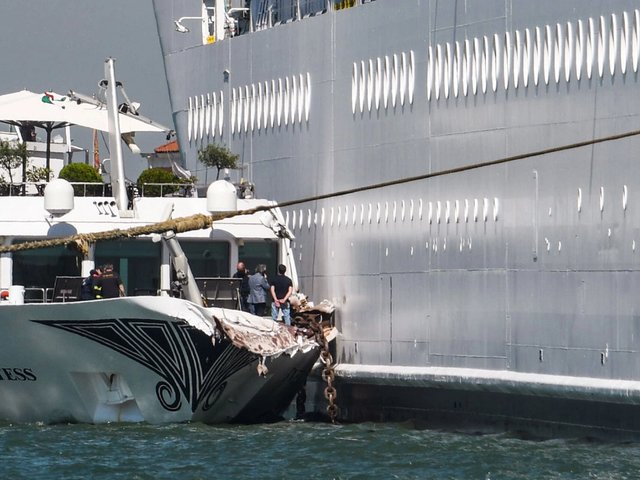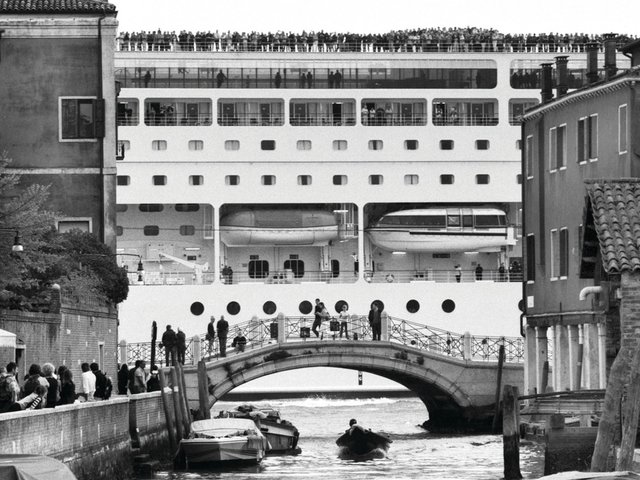There are three ways to reach Venice from Marco Polo airport. A water-bus service is provided by the company Alilaguna; you can buy your ticket in the arrivals hall. On exiting, look for the covered walkway on the left and follow it for seven minutes until you reach the dock. The service stops at San Marco, Rialto, Fondamenta Nuove and Le Guglie, among others. Water taxis are available from the same dock, although prices start at more than €100. Shuttle buses are also available to take you by land to Piazzale Roma, for the ACTV urban line 5 and the ATVO Venezia Express shuttle. A land taxi to Piazzale Roma costs around €50.
If you arrive at Piazzale Roma or the train station and want to get to San Marco, it is often quicker to travel along the Giudecca Canal, rather than down the crowded Grand Canal. Take the vaporetto numbers 4.1, 5.1 or 2, direction Giudecca. Save the Grand Canal for the evening, without your bags and the massive crowds.
Vaporetto stops are mostly in pairs, one for each direction of travel. To work out which is which, face the stops—the one on the left will take you right, and vice versa.
Water taxis should be your last resort, unless your wallet can withstand a big hit (fares start at around €50).
Consider renting a flat for a week, especially if you like cooking. Even the more expensive flats (such as those available via www.venice-rentals.com) compare well with hotels once you avoid the cost of eating out, which is often underwhelming and overpriced.
Venice is tiny but it takes a long time to get around, and it is incredibly easy to get lost (hence the need for a map; you will be counting off the side streets and turnings). Good planning will mean you get much more out of your trip, however unromantic this sounds.
Make sure you pack the following: a detailed, laminated, folding map (old-fashioned but surprisingly effective), a fold-up umbrella, anti-mosquito pills and repellent (if you are very allergic to bites, see your doctor before you travel), trainers (you’ll never walk as much as you walk in Venice), a sunhat and sun cream. If you are travelling in late October or November—which is a great time to see the Biennale—bring boots if flooding is predicted. There can be sudden heavy downpours even during the summer.
Allow three full days if you want to cover most of the Biennale, and a week if you want to fit in the main historic cultural sites. However much you like recent art, try not to neglect the historic version. The list is of “must-sees” is long, but try to visit the Accademia gallery and the Scuola Grande di San Rocco. There are many wonderful churches, some in the Chorus Pass scheme (available in churches for €12; for details, visit www.chorusvenezia.org).
If you want to see the city at its best and haven’t had too many Bellini the night before, try getting up very early to see it magically deserted. At 6am, you can be almost alone in St Mark’s.
Use our specially designed app for a full guide to the Biennale and all the other cultural events happening across the city. Visit our website at www.theartnewspaper.com to read our live reporting from Venice—our team will be covering all the shows you need to see.





